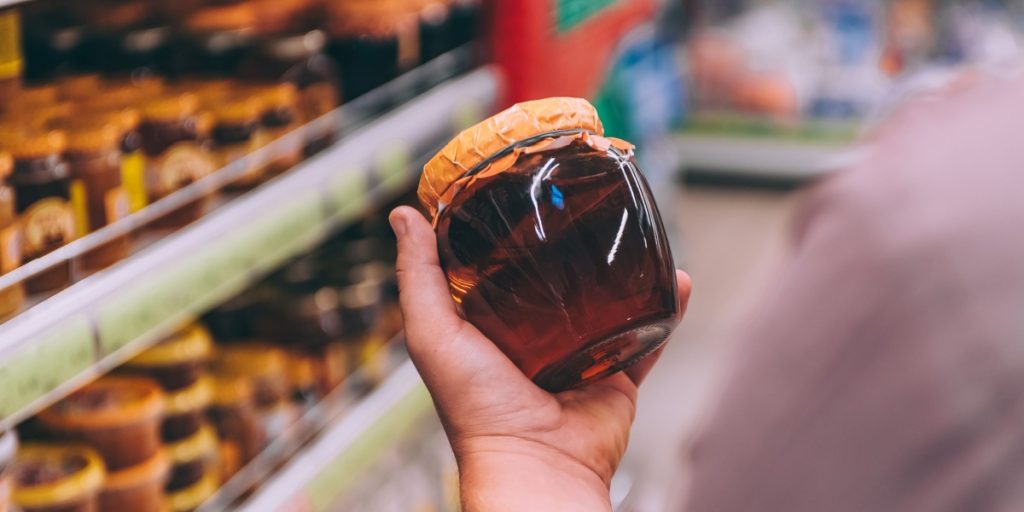Navigating the honey aisle in your local supermarket can be overwhelming, with shelves brimming with various hues and textures of liquid gold.
Others are reading now
Honey, often referred to as liquid gold, is a staple in many households, cherished for its vitamins and enduring freshness. But with a multitude of options on store shelves, distinguishing pure honey from imposters can be tricky.
Here are a few tips to keep in mind the next time you’re shopping for this golden sweetener.
Identifying Quality Honey
The key to selecting high-quality honey lies in understanding its production and characteristics. True honey is crafted not only by bees but also by dedicated beekeepers who manage apiaries with care and expertise. These natural processes result in a product that varies in color, taste, smell, and texture.
However, the market has seen an influx of artificial honeys, particularly from China, which mimic the appearance of honey but lack its nutritional benefits.
Also read
Here’s what you should look for:
-
Foam Formation: Pure honey often has a layer of fine, foam-like bubbles at the top, resembling a sheepskin. If the jar lacks these bubbles, it might be an indicator of artificial honey.
-
Consistency: The texture of honey varies depending on its age. Fresh honey is typically fluid, while honey that has aged a few months may thicken and crystallize. This natural process is a good sign of pure honey.
-
Labeling: Recent regulations require clearer labeling of honey products. Always check the label for the country of origin and the apiary number where the honey was harvested. This information can help you trace the honey back to its source.
-
Additives: Be wary of honeys that contain added sugars or syrups. High-quality honey from reputable sources often doesn’t need any additives, as it’s naturally rich in flavor and nutrients.
-
Sensory Cues: While it’s difficult to test the scent of honey in a store, real honey typically exudes floral, woody, and resinous aromas, reminiscent of a beehive. If you’re familiar with these scents, they can serve as a guide to identifying authentic honey.
-
Price as a Quality Indicator: Real honey requires considerable effort to produce, which is often reflected in its price. If a honey product is surprisingly cheap, it may be a sign of lower quality or adulteration.
Understanding these key indicators can help you navigate the plethora of honey options available and choose a product that is both authentic and high-quality.


